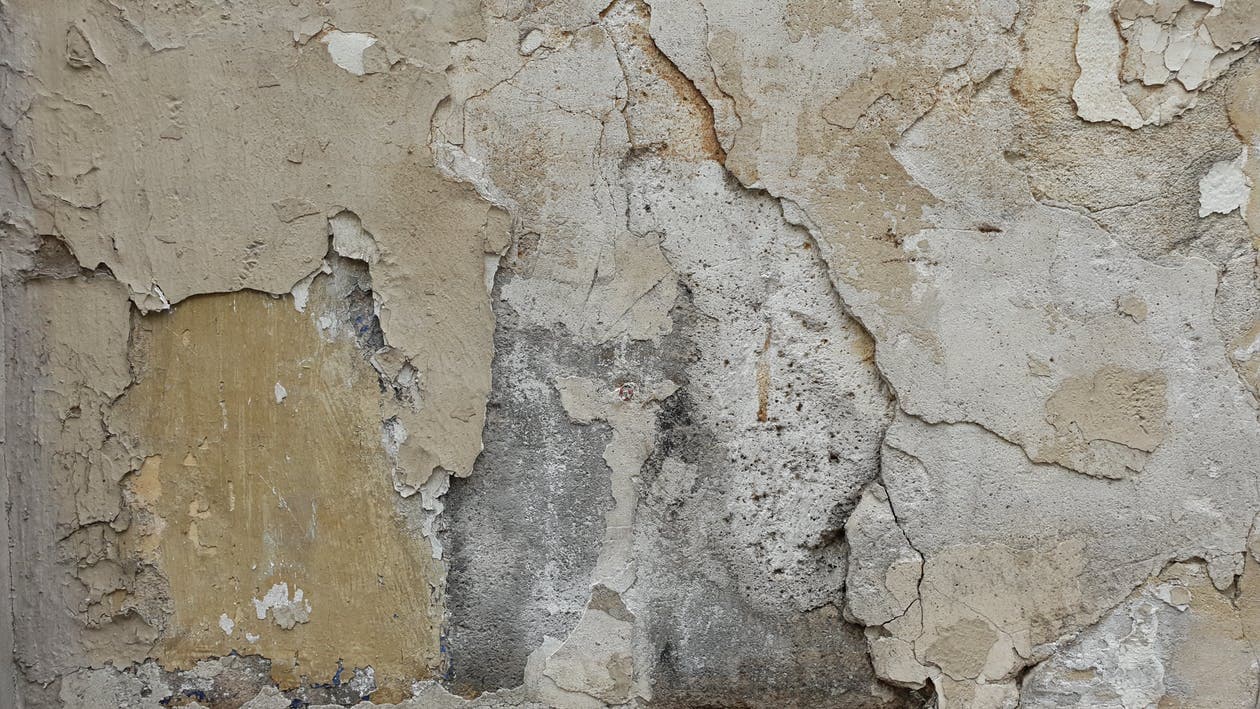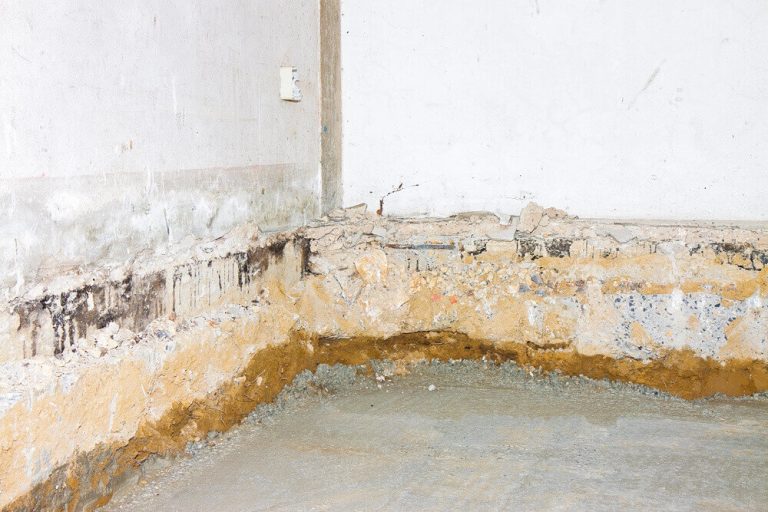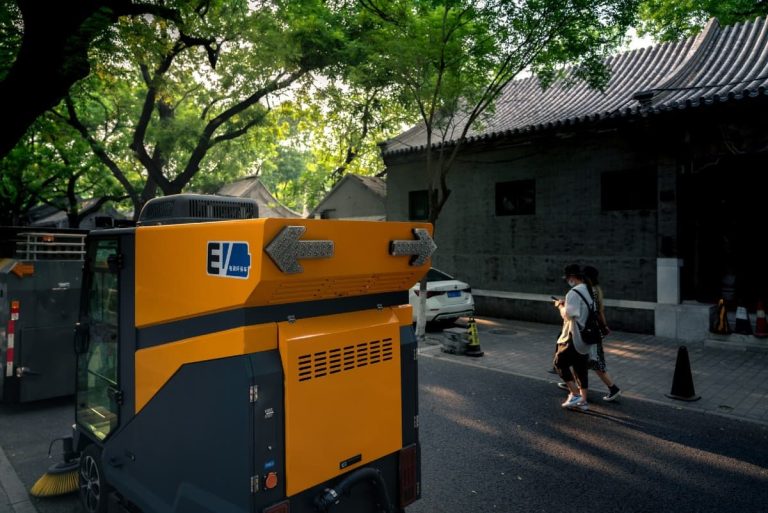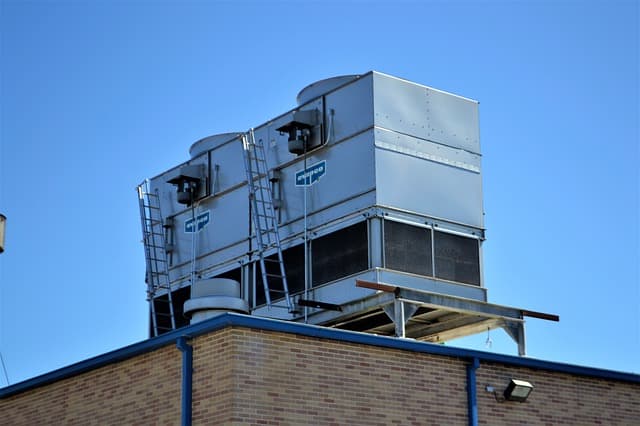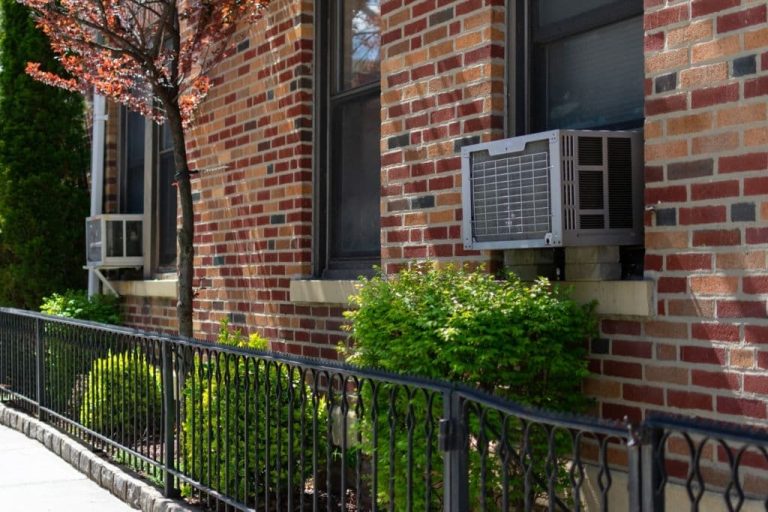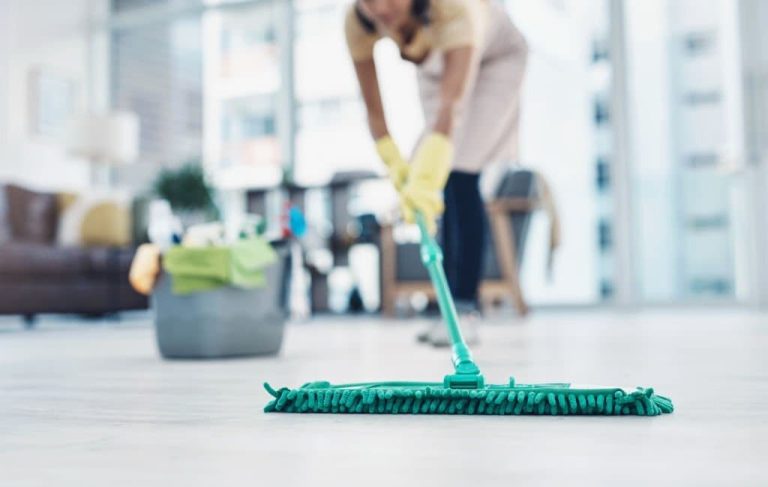6 Things You Need To Know About Water Damage
Water damage is one of the most typical and severe consequences of a basement flood or leak. It is also one of the most common reasons for house insurance claims, accounting for millions of dollars in losses each year.
Basement water damage may completely ruin your personal items and interior decorative finishes, in addition to contributing to architectural and foundation issues. It also has the potential to provide the ideal setting for poisonous mold development.
Water damage will affect the majority of homeowners who are fortunate enough to have a basement at some time. Continue reading to find out everything there is to know about water damage.
Table of Contents
1. What Is Considered As Water Damage?
Water damage is not uncommon, despite its lack of understanding. According to the attorneys’ figures, four out of ten homeowners have suffered some form of loss as a result of this problem. However, according to the same authority, more than 90% of it is avoidable.
Water that ruins the interior of your home can be characterized as this problem in general. If this type of damage has occurred to your house, you’re probably wondering if your homeowner’s insurance policy would cover it.
For the specifics of your circumstance, you should consult your particular policy. Accidental incidents will be discussed in general. Any damage caused by a repairer’s carelessness, on the other hand, is typically not covered.
2. What to Do In Case of Damage?
You must take basic safety measures before participating in any cleanup efforts.
First and foremost, make certain that the electricity in your home has been switched off. Because water and electricity don’t mix, you’ll want to be sure you’ve taken care of that possible threat before proceeding.
Assess the area once the power has been turned off. Examine your home’s walls and ceilings to ensure that they are still structurally sound.
Regardless of what caused your serious water damage, you should contact your insurance carrier right once. This will result in them dispatching an estimator to assess the damage and calculate how much your insurance will cover.
As soon as you’ve completed speaking with your insurance provider, you should contact a professional cleaning firm. You can read more here if you’re looking for water extraction and cleaning service. This will very certainly necessitate the involvement of an electrical company, as well as a possible HVAC professional. The rehabilitation of your property is mostly out of your control at this time.
3. What Causes Water Damage?
Water damage may happen at any time. Let’s look at some of the most prevalent damage causes.
- Hurricanes, thunderstorms, and other natural catastrophes don’t strike every day, but when they do, your home is constantly in danger of water damage. Strong winds and heavy rains may cause damage to your roof, allowing a significant volume of rainfall to fall directly into your home or company.
- The purpose of your gutter system is to divert rainfall away from your property. Over time, however, gutters are frequently clogged. Rainwater won’t be able to flow away from your property correctly if this happens, and it will instead overflow the borders of your gutters.
- A leaky pipe in the sink could cause damage to the cabinet underneath it. A burst pipe within the walls may make things much more difficult. The water damage from such a leak would be significant since the entire wall would be soaked, and it would encourage the growth of an entire colony of mold.

4. Categories of Water Damage
In terms of the degree of destruction, not all water damage is the same. You must be aware of the following three categories:
The least severe sort of damage is Category 1. Because it is free of pollutants and sewage, it is termed “clean.” It does not endanger human health in any way. Water damage from damaged supply lines and pipes falls into this category. It can also be caused by problems with dishwashers, washers, and other household equipment, as well as leaks.
Dirty water from toilets, washing machines, and sump pump backups fall into category 2, or “gray.” The liquid in this category frequently includes considerable quantities of chemicals, germs, and/or mold, posing certain health concerns to people.
Water damage in category 3 is the most serious. It’s referred to as “black” pollution, and it can have serious health repercussions since it’s filthy and includes poisons and disease-causing organisms.
5. Signs of Water Damage
The trouble with spotting water damage indications is that they are not always visible. Some indicators are obvious, while others are subtler, more gradual, and more difficult to spot. Look for discoloration on the wall.
The information included in these watermarks is usually highly useful. There might be water damage if the paint on your walls starts to crack, flake, or bubble. Furthermore, water damage is not always apparent, but it may be heard.
A squeaky floor, a leaking sound, or even rushing or flowing water are all signs that something is amiss. These noises might signal that the system is completely operational.
6. How to Protect Your Home?
There are a few easy steps you can take to avoid water damage in your home:
- Regularly inspect tubs, showers, and appliances.
- Know where your home’s main water shut-off valve is and how to utilize it when it’s needed.
- Examine the plumbing and heating systems.
- Examine your roof for any shingles that have been damaged.
- Gutter guards should be installed and gutters should be cleaned at least twice a year.
In all seriousness, you can heal from significant water damage, no matter how distressing it is. And, in many situations, once you’ve completed all of your repairs, your home will look even better.

